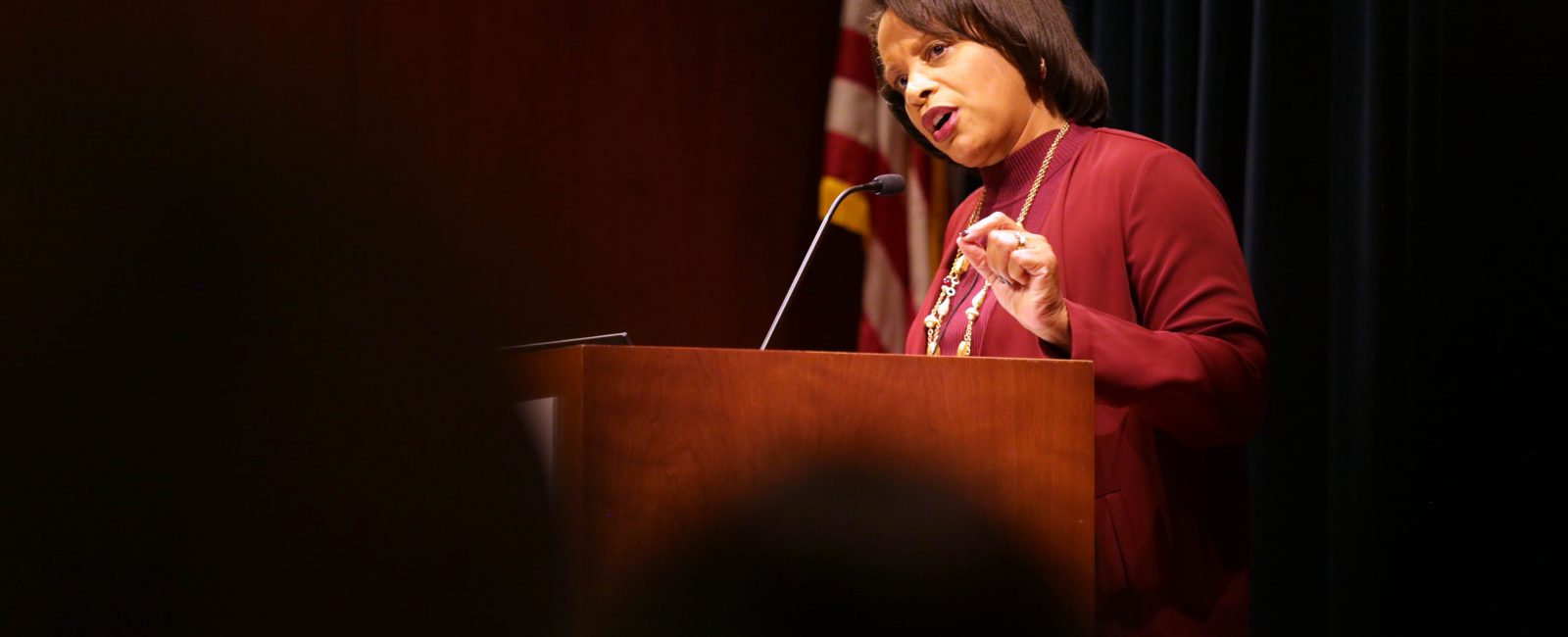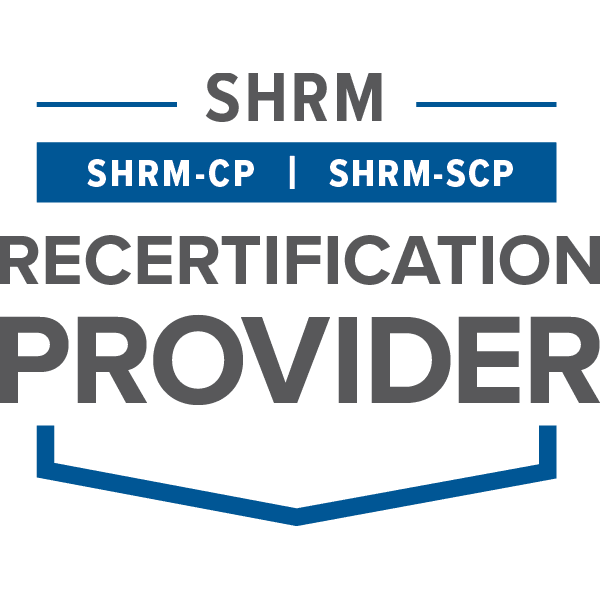By Evan J. Cutts
In the two decades since joining Merck in 1997, Celeste Warren has held numerous leadership roles within the Human Resources department. However, it is in her current hybrid role as Chief Diversity Officer and Vice President of Human Resources at the Global Diversity and Inclusion Center of Excellence that her near thirty years of Human Resources and Diversity and Inclusion experience truly shines.
Recognized as one of the “2017 Influential Women in Global Diversity” by Diversity Global, Ms. Warren is a model of wisdom in action. We are honored to welcome her as the keynote speaker for the first-ever Women of Color Leadership and Empowerment Conference of New Jersey and invite you to read on and be inspired.
CM: Can you tell us about your roles as Vice President of Human Resources and the Global Diversity and Inclusion Center of Excellence at Merck?
CW: As the Human Resources leader for our Legal, Compliance, Global Communication, and Public Policy organizations, my team and I provide human resources support in the areas of talent management, compensation and benefits, training and development, etc. As Chief Diversity Officer, I am responsible for the development and implementation of Merck’s diversity and inclusion strategies.
CM: Are there certain challenges that arise from handling your hybrid role?
CW: I would say that serving in this hybrid role has been an asset more than anything else, in fact. These organizations have been strong partners with D&I throughout the years and instrumental to the success of our D&I efforts. Working with them as their HR Leader provides an even deeper relationship, as we integrate strategies for optimum outcomes.
CM: What are some of the other rewarding aspects of your position?
CW: Speaking directly to the Chief Diversity Officer role, it’s been very rewarding to mobilize the organizational change. I’ve had the opportunity to work with various different employees, managers, and executives to move Merck forward to a point where D&I can be sustained throughout the organization. I find it rewarding to work with people who are passionate about diversity and inclusion and ultimately creating the culture that we all want to see within the organization.
Also, I believe that it’s not enough to drive D&I within your own company; you have to work outside of your company with other organizations to transform the entire business landscape. I enjoy working with my peers in other companies, and learning from them as well.
CM: In terms of D&I, could you shed some light on some of Merck’s strategic goals?
CW: At Merck, we evaluate our strategy with four strategic outcomes in mind:
- Global Compliance and Risk Mitigation. As certain laws and policies regarding Diversity and Inclusion develop around the globe, we want to ensure we are doing what’s best for the company and our employees. We want to make sure we are not just following the “letter of the law,” but also understanding what is intended by the “spirit of the law.”
- Building D&I capabilities within our employees at every level. In order for us to have a truly inclusive environment and leverage the spectrum of diversity within our organization, we have to develop D&I excellence within our leaders and executives, our people managers, and [our] employees.
- Ensuring D&I is integrated into our business performance. I fundamentally believe that at the intersection of business performance and global diversity and inclusion you create a competitive advantage for the company. We have to establish an employee base that reflects the diversity of our patients. And so, we aim for our business strategies, whether they be in marketing, research, commercial, etc,. to be implemented through a D&I lens. In doing so, we are able to best serve our patient base.
- Maintaining our reputation and brand as a leader in Diversity and Inclusion. It is imperative that the transformative work we do within Merck permeates outside of the organization, in the forms of community outreach and external partnerships with associations and coalitions who have the same mission and values around D&I that we do, as well as [in] locking arms with other companies interested in raising the business landscape in D&I.
CM: Can you tell us about one of Merck’s successful D&I capability initiatives?
CW: Merck has shifted its approach in addressing unconscious bias. As opposed to solely utilizing the standard one- to two-hour training model, we have leveraged shorter, more targeted training, to integrate unconscious bias training videos and resources at the crucial junctures of the employee management process. For example, in the hiring process, when a manager posts an available position, they immediately receive a video “Unconscious Bias in the Hiring Process” to review. It’s helpful, because the resources are provided at the moment of relevance, just in time.
CM: In your own words, how would you define success?
CW: Success is being able to make an impact on our employees and our leaders–not just within our organization–but with my colleagues across the business landscape. Being a blessing to others is what I strive to do.
CM: In your opinion, what skills are necessary to be an effective leader?
CW: First and foremost, an effective leader is a servant leader. One must understand that the focus is not on oneself, rather on those one leads. Additionally, an effective leader must be authentic and an effective listener.
You must be able to communicate your vision, work collaboratively with others to achieve it, celebrate the wins, and learn from the mistakes together.
CM: Who, or what, motivates and inspires you?
CW: My parents played a huge part in who I am and how I think about D&I. My father was the first Black teacher and principal in Western Pennsylvania and Eastern Ohio. There were a lot of firsts in my family, and with that comes a lot of struggle. I recall a time earlier on in my career when I was having a particularly bad day, and I reached out to my dad to ask: ‘How did you do it? How did you work through being the first Black teacher in that day and age?’ And he told me the story of his first teaching job. After graduating from the University of Pittsburgh with a degree in English and Education, he was hired as a gym teacher at a predominately white high school. The school lacked a gymnasium, [so] he taught class in the parking lot. Parked at that same lot, watching him, were the parents of his students. I asked him how he managed. He responded: ‘I did my job. I taught those students, built their trust, and built the trust of the parents. Eventually, those cars began pulling out of that lot.’
That’s what diversity and inclusion is about to me: building trust. To this day, there are people who aren’t sold on diversity and inclusion. Many still view it as a win-lose scenario; it’s believed that if women, people of color, members of the LGBTQ community, etc. continue to ‘win’ by earning their leadership roles, then those in the majority are ‘losing.’
That isn’t what we’re trying to build here at Merck. I aim to build trust the way my father did. We have to be able to understand where everyone is coming from and meet them where they are, to bring them along, mobilize the organization, and create change.
CM: In your opinion, what does it mean to be a person of Color in 2018?
CW: It means that you have to be a role model to those [who] have come behind you. We haven’t approached a point where people of Color are the majority in major corporations. There’s still work to do.
What it meant to me as a Black [girl] growing up has changed. Even so, those challenges and experiences are still a part of me. I think, in this day and age, it’s important for me to listen to different perspectives, so that I can grow and evolve.
As our communities change, I must ask: Are we reaching back and helping others? Paying it forward? Because I didn’t get here on my own–I had sponsors, mentors, and prayers–I feel it is also my obligation to do the same for others.



